In my experience, people are either ‘language people' or ‘numbers people'. I definitely fall into the ‘language’ category. So on first learning about the mathematical Fibonacci sequence I dismissed it as a bunch of numbers. When I did a little more research, I have to say that I was impressed.
Mother Nature in her wisdom has embraced Fibonacci which can be seen over and over again if we just look for it. Although the reasons for this are practical, I believe, that they also make trees, flowers, and plants more pleasing to our eyes. Maybe it’s the symmetry—the order of it all.
First I should explain the the Fibonaci sequence looks like this: 0,1,1,2,3,5,8,13,21,55,89,114… and is derived from adding a number to the one beforehand.
As much as 90% of all plants organize their leaves in a way that involves Fibonacci numbers which helps every leaf get the maximum amount of sunlight and rain. This same principle is at work in the formation of pine cones, sunflowers, pineapples, and cacti. All have a double spiral structure that allows their smaller elements (seeds, for instance) to pack closely and efficiently. Look at the middle of a sunflower: you will see that the seeds line up in crisscrossing spirals radiating from the center, and if you count the number of spirals turning in each direction (clockwise/counterclockwise), they will always be Fibonacci numbers. More disk flowers can be squeezed into an aster plant by using the Fibonacci sequence. If you count petals, leaves, or ray flowers you will find that most are Fibonacci numbers.
GGC member and good friend Michele Dominy sent me a picture of a Fibonaci Garden display at the Chelsea Flower Show in London that she visited in 2016. Michele also send me this link to the Khan Academy which explains Fibonacci in a wonderful way.
https://www.khanacademy.org/math/math-for-fun-and-glory/vi-hart/spirals-fibonacci/v/doodling-in-math-spirals-fibonacci-and-being-a-plant-1-of-3
As Mathematicians have always known and what I understand a little better is that math can be beautiful.
Mother Nature in her wisdom has embraced Fibonacci which can be seen over and over again if we just look for it. Although the reasons for this are practical, I believe, that they also make trees, flowers, and plants more pleasing to our eyes. Maybe it’s the symmetry—the order of it all.
First I should explain the the Fibonaci sequence looks like this: 0,1,1,2,3,5,8,13,21,55,89,114… and is derived from adding a number to the one beforehand.
As much as 90% of all plants organize their leaves in a way that involves Fibonacci numbers which helps every leaf get the maximum amount of sunlight and rain. This same principle is at work in the formation of pine cones, sunflowers, pineapples, and cacti. All have a double spiral structure that allows their smaller elements (seeds, for instance) to pack closely and efficiently. Look at the middle of a sunflower: you will see that the seeds line up in crisscrossing spirals radiating from the center, and if you count the number of spirals turning in each direction (clockwise/counterclockwise), they will always be Fibonacci numbers. More disk flowers can be squeezed into an aster plant by using the Fibonacci sequence. If you count petals, leaves, or ray flowers you will find that most are Fibonacci numbers.
GGC member and good friend Michele Dominy sent me a picture of a Fibonaci Garden display at the Chelsea Flower Show in London that she visited in 2016. Michele also send me this link to the Khan Academy which explains Fibonacci in a wonderful way.
https://www.khanacademy.org/math/math-for-fun-and-glory/vi-hart/spirals-fibonacci/v/doodling-in-math-spirals-fibonacci-and-being-a-plant-1-of-3
As Mathematicians have always known and what I understand a little better is that math can be beautiful.

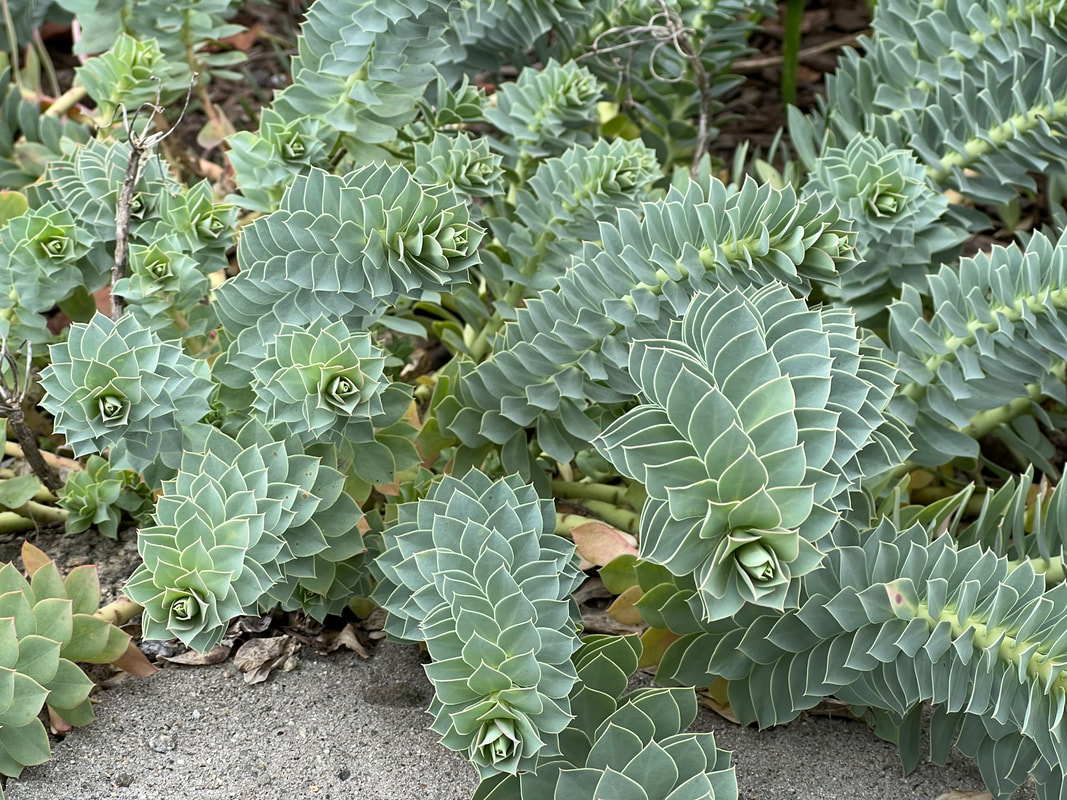
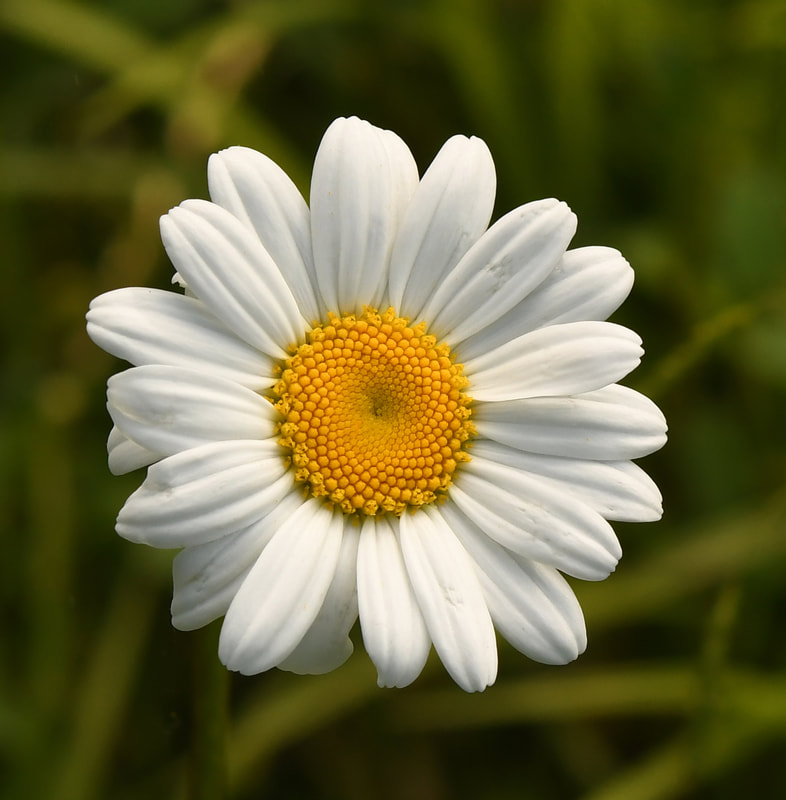
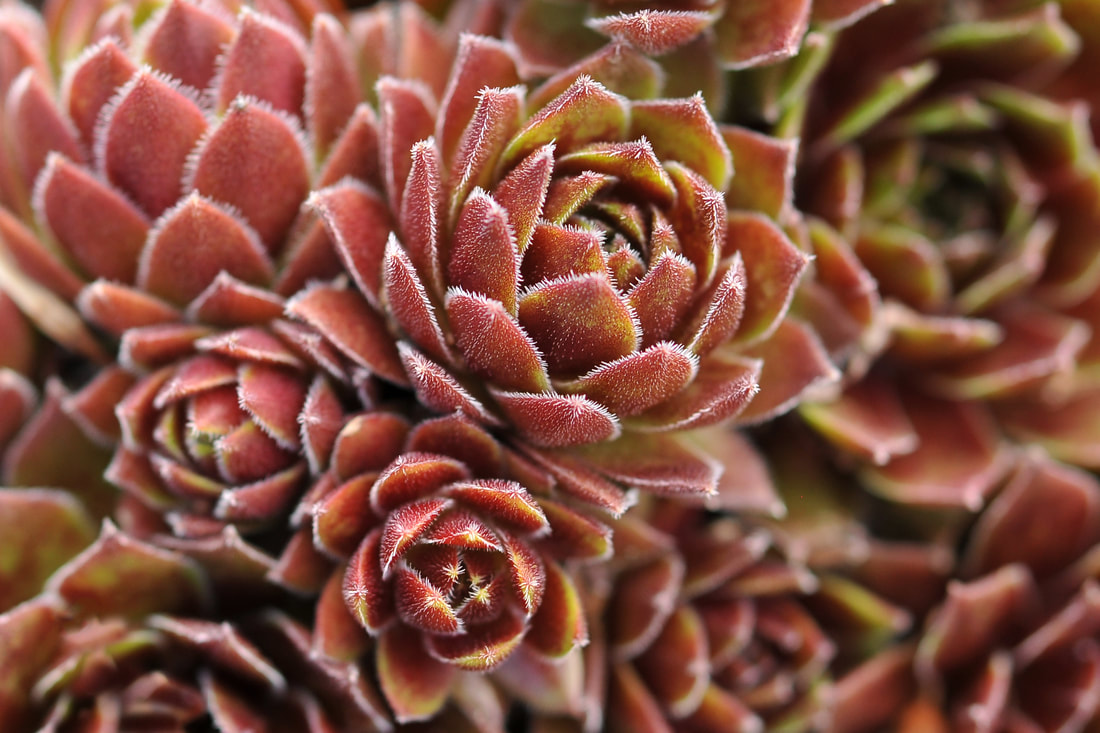
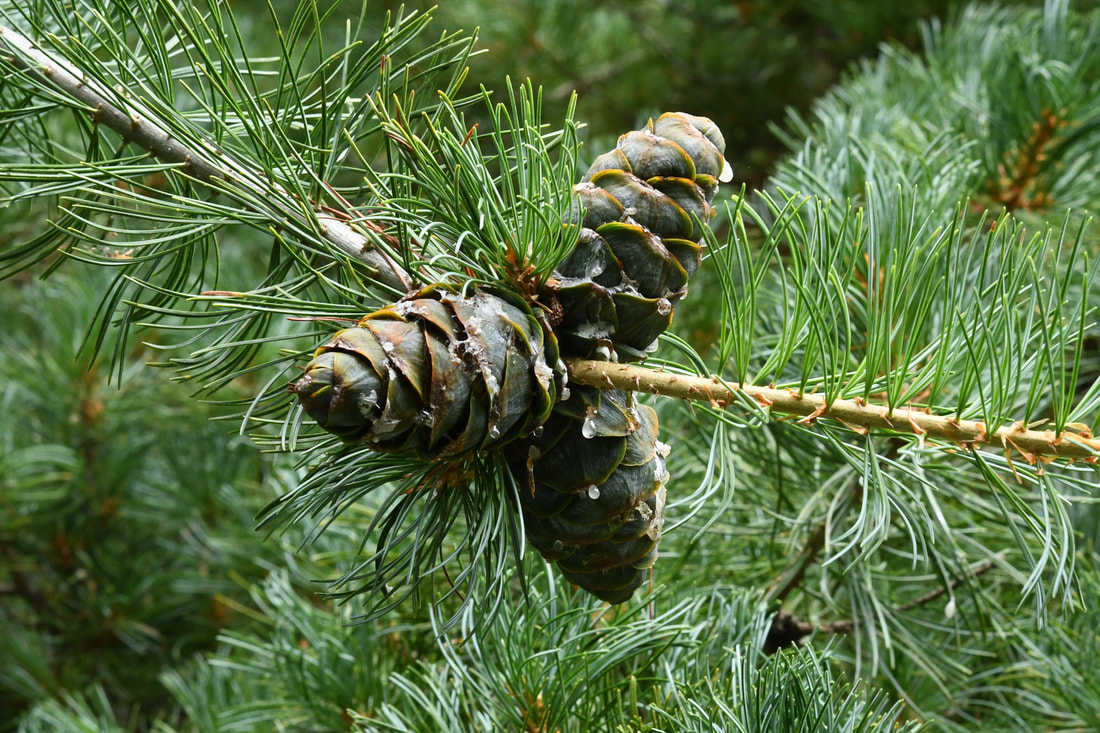
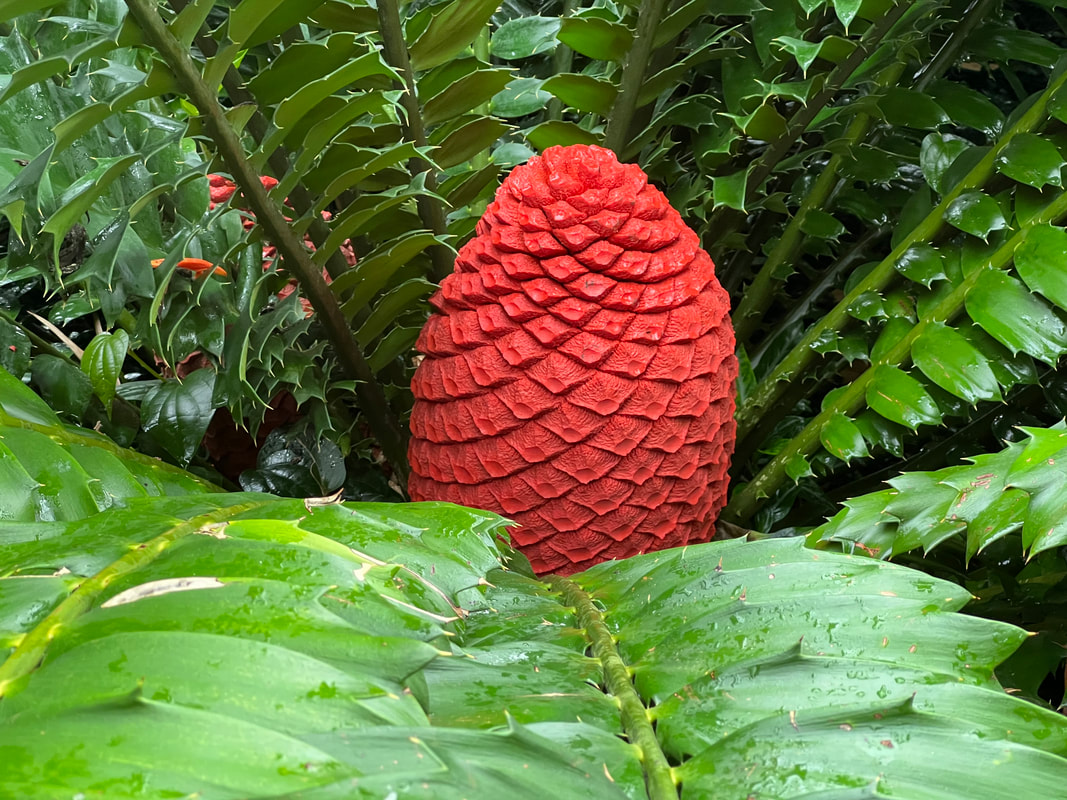
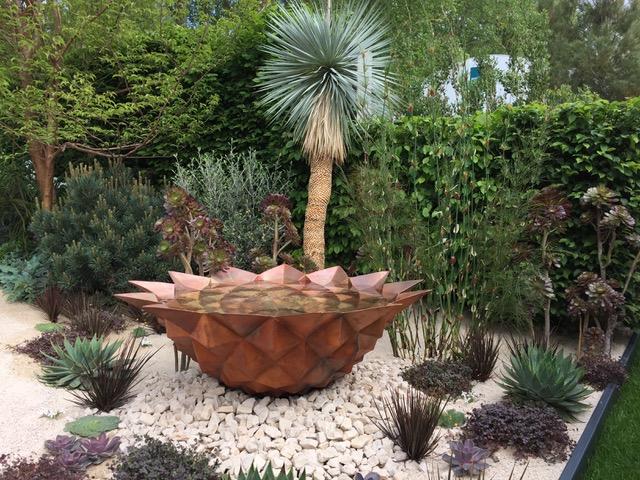
 RSS Feed
RSS Feed